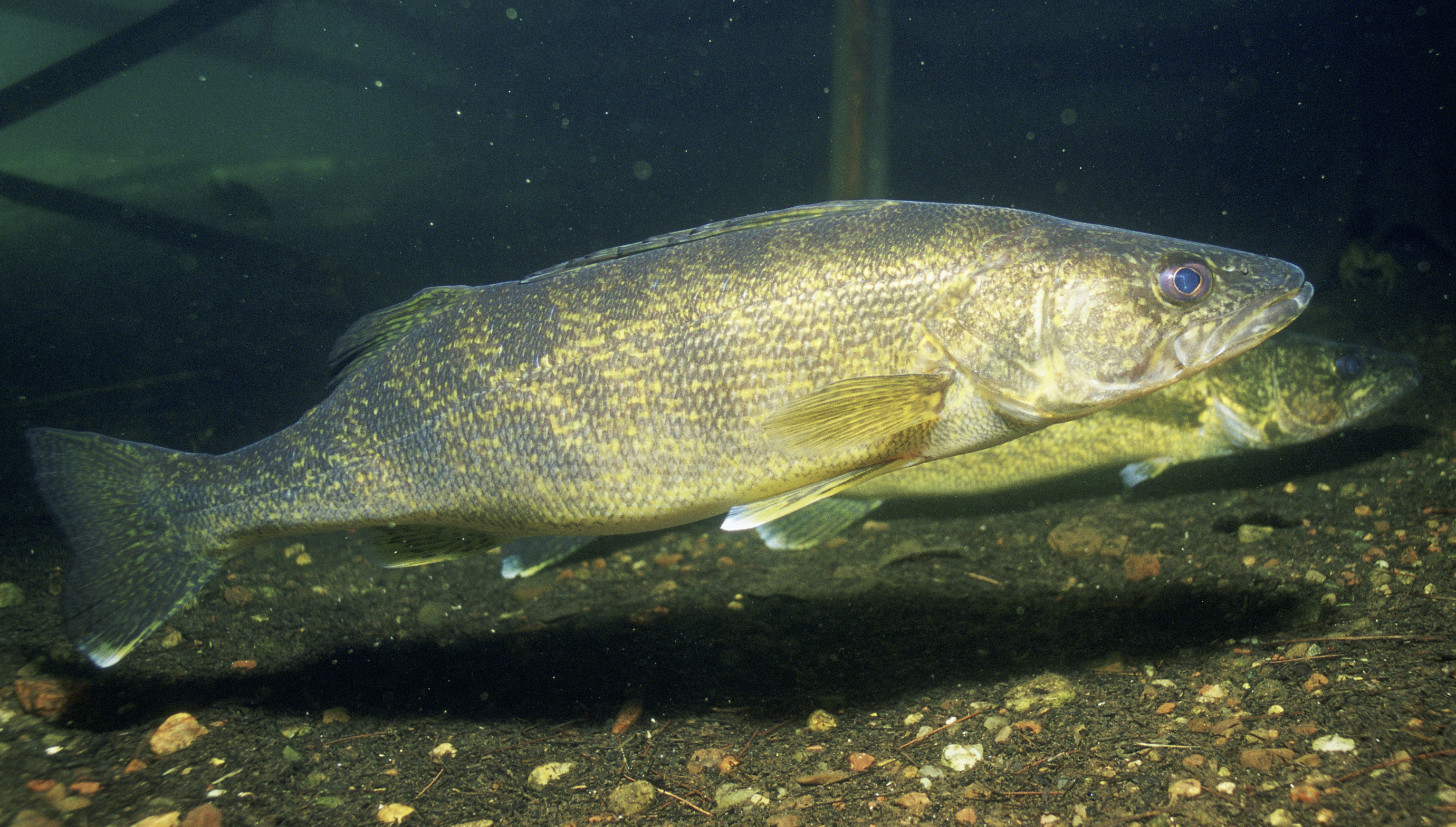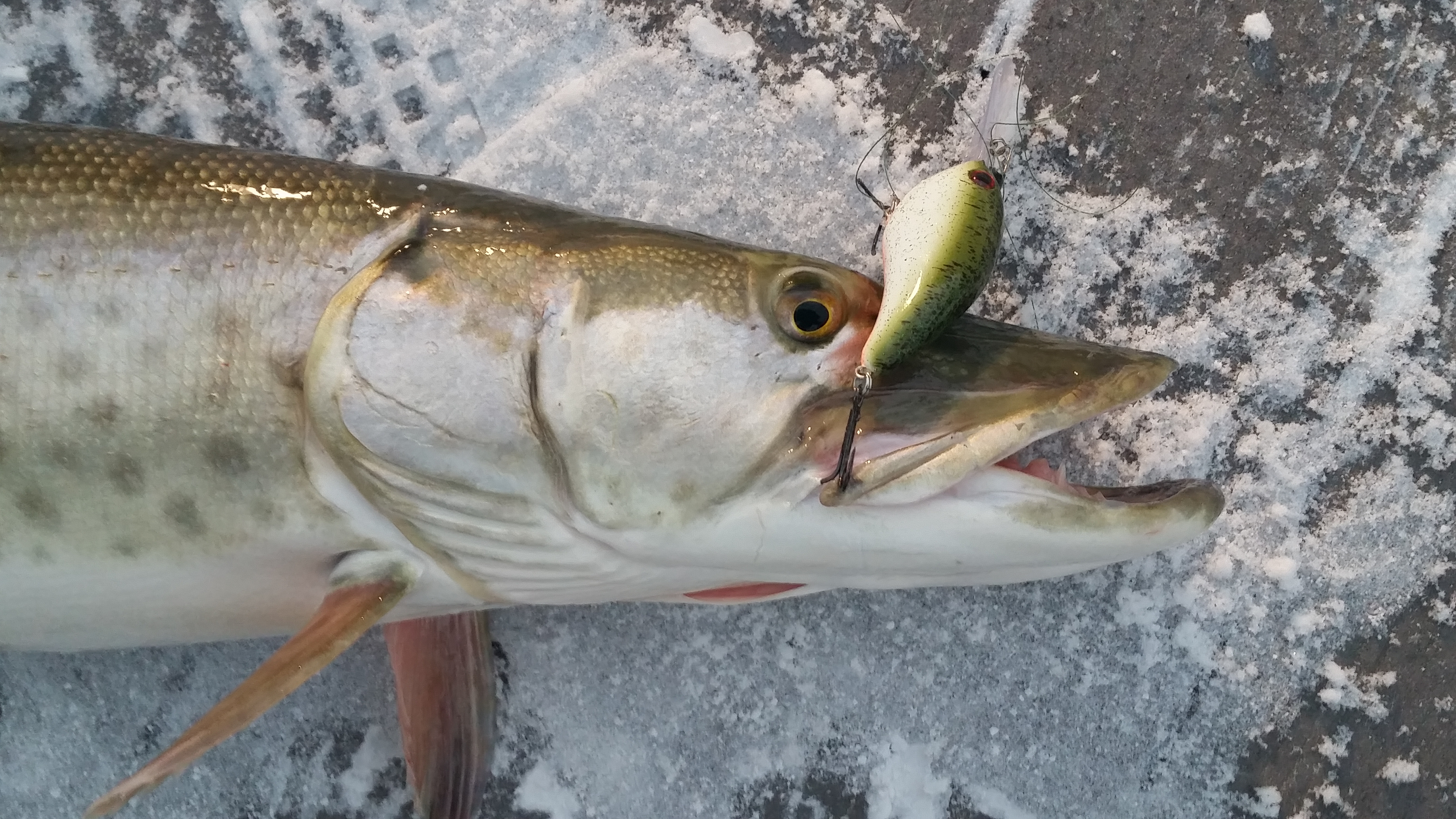|
Sturgeon Lake (Ontario)
Sturgeon Lake is a lake in the Kawartha Lakes region of Ontario, Canada. It is part of the Trent-Severn Waterway. The lake is Y shaped and has the communities of Fenelon Falls, Lindsay, Sturgeon Point and Bobcaygeon at the north-west, south, central and north-east points of the Y respectively. The lake is approximately from the southern to the north-eastern extremes, the longer axis. Inflow and Outflow The Scugog River flows into the lake at the southern apex. Cameron Lake also flows into this lake, via the Fenelon River at the north-western extreme. Emily Creek empties into the lake at the middle south. The lake outflow is through the Big Bob and Little Bob channels of the Bobcaygeon River at the north-east of the lake. Fish species Game fish species include large and small mouth bass, muskie, and walleye. See also *List of lakes in Ontario This is an incomplete list of lakes in Ontario, a province of Canada. There are over 250,000 lakes in Ontario, constituting a ... [...More Info...] [...Related Items...] OR: [Wikipedia] [Google] [Baidu] |
Kawartha Lakes
The City of Kawartha Lakes (2021 population 79,247) is a unitary municipality in Central Ontario, Canada. It is a municipality legally structured as a single-tier city; however, Kawartha Lakes is the size of a typical Ontario county and is mostly rural. It is the second largest single-tier municipality in Ontario by land area (after Greater Sudbury). The main population centres are the communities of Lindsay (population: 22,367), Bobcaygeon (population: 3,576), Fenelon Falls (population: 2,490), Omemee (population: 1,060) and Woodville (population: 718). History The Kawartha Lakes area is situated on the traditional territory of the Anishinaabeg, Huron-Wendat and more recently, the Haudenosaunee peoples. The city's name is from the Kawartha Lakes. ''Kawartha'' is an anglicization of ''Ka-wa-tha'' (from ''Ka-wa-tae-gum-maug'' or ''Gaa-waategamaag''), which was coined in 1895 by Martha Whetung of the Curve Lake First Nations. It meant "land of reflections" in the Anishina ... [...More Info...] [...Related Items...] OR: [Wikipedia] [Google] [Baidu] |
KL Sturgeon Lake
KL, kL, kl, or kl. may refer to: Businesses and organizations * KLM, a Dutch airline (IATA airline designator KL) * Koninklijke Landmacht, the Royal Netherlands Army * Kvenna Listin ("Women's List"), a political party in Iceland * KL FM, a Malay language radio station Places * Kaiserslautern, Germany (license plate code KL) * Kerala, India (ISO 3166-2:IN subcode KL) * Kirkland Lake, Ontario, Canada * Kowloon, Hong Kong * Kuala Lumpur, Malaysia Science, technology, and mathematics * KL engine, version of the Mazda K engine * Klepton (kl.), a type of species in zoology * Kiloliter (kL), a unit of volume * Kullback–Leibler divergence in mathematics * KL (gene), a gene which encodes the klotho enzyme in humans Other uses * Jeep Cherokee (KL) * Kalaallisut language (ISO 639 alpha-2 language code "kl") * Kl (digraph), used in the Zulu language to write /kʟ̥ʼ/ or /kxʼ/ * Konzentrationslager, or concentration camp, abbreviated KZ or KL * ''KL – A History of the Nazi Concentrat ... [...More Info...] [...Related Items...] OR: [Wikipedia] [Google] [Baidu] |
Walleye
The walleye (''Sander vitreus'', synonym ''Stizostedion vitreum''), also called the yellow pike or yellow pickerel, is a freshwater perciform fish native to most of Canada and to the Northern United States. It is a North American close relative of the European zander, also known as the pikeperch. The walleye is sometimes called the yellow walleye to distinguish it from the blue walleye, which is a color morph that was once found in the southern Ontario and Quebec regions, but is now presumed extinct. However, recent genetic analysis of a preserved (frozen) 'blue walleye' sample suggests that the blue and yellow walleye were simply phenotypes within the same species and do not merit separate taxonomic classification. In parts of its range in English-speaking Canada, the walleye is known as a pickerel, though the fish is not related to the true pickerels, which are members of the family ''Esocidae''. Walleyes show a fair amount of variation across watersheds. In general, ... [...More Info...] [...Related Items...] OR: [Wikipedia] [Google] [Baidu] |
Muskellunge
The muskellunge ''(Esox masquinongy)'', often shortened to muskie, musky or lunge is a species of large freshwater predatory fish native to North America. It is the largest member of the pike family, Esocidae. Origin of name The name "muskellunge" originates from the Ojibwe words ''maashkinoozhe'' (meaning "great fish"), ''maskinoše'' or ''mashkinonge'' (meaning "big pike" or "ugly pike") and the Algonquin word ''maskinunga'', which are borrowed into the Canadian French words ''masquinongé'' or ''maskinongé''. In English, before settling on the common name "muskellunge", there have been at least 94 common names applied to this species, including but not limited to: ''muskelunge'', ''muscallonge'', ''muskallonge'', ''milliganong'', ''maskinonge'', ''maskalonge'', ''mascalonge'', ''maskalung'', ''muskinunge'' and ''masquenongez''. The word muskellunge is German and means "muscle lung". Description Muskellunge closely resemble other esocids such as the northern pike and ... [...More Info...] [...Related Items...] OR: [Wikipedia] [Google] [Baidu] |
Bass (fish)
Bass () is a name shared by many species of fish. The term encompasses both freshwater and marine species, all belonging to the large order Perciformes, or perch-like fishes. The word ''bass'' comes from Middle English , meaning 'perch'. Types * The black basses, such as the Choctaw bass (''Micropterus haiaka''), Guadalupe bass (''M. treculii''), largemouth bass (''M. salmoides''), smallmouth bass (''M. dolomieu''), and spotted bass (''M. punctulatus''), belong to the sunfish family Centrarchidae. * The temperate basses, such as the European seabass (''Dicentrarchus labrax''), striped bass (''Morone saxatilis'') and white bass (''M. chrysops''), belong to the family Moronidae. * The Asian seabasses, such as the Japanese seabass (''Lateolabrax japonicus'') and Blackfin seabass (''L. latus''), belong to the family Lateolabracidae. Other species known as bass Many species are also known as basses, including: * The Australian bass, ''Macquaria novemaculeata'', is a m ... [...More Info...] [...Related Items...] OR: [Wikipedia] [Google] [Baidu] |
Cameron Lake (Ontario)
Cameron Lake, Ontario is one of the Kawartha Lakes and is a lake bordering the town of Fenelon Falls and is part of the Trent–Severn Waterway. The lake is some long by wide and is quite deep, reaching in places. The lake lies between locks 34 & 35 on the Trent–Severn Waterway. Much of the side of the lake is taken up with housing and is a popular place to live. The town of Fenelon Falls is found between Sturgeon Lake and Cameron Lake. The lake is popular with boaters and fisherman. Fish found in the lake include: * smallmouth bass, *largemouth bass, *walleye (pickerel) and *muskie (occasionally tiger muskellunge). In the lake are found the Lakers Islands (a.k.a. Boyd and Rathbun islands). The Burnt River and Rosedale River are tributaries of the lake. Cameron lake is not eutrophic because it has a high flushing rate which counteracts its high phosphorus loading. See also *List of lakes of Ontario This is an incomplete list of lakes in Ontario, a province of Canada. ... [...More Info...] [...Related Items...] OR: [Wikipedia] [Google] [Baidu] |
Lake
A lake is an area filled with water, localized in a basin, surrounded by land, and distinct from any river or other outlet that serves to feed or drain the lake. Lakes lie on land and are not part of the ocean, although, like the much larger oceans, they do form part of the Earth's water cycle. Lakes are distinct from lagoons, which are generally coastal parts of the ocean. Lakes are typically larger and deeper than ponds, which also lie on land, though there are no official or scientific definitions. Lakes can be contrasted with rivers or streams, which usually flow in a channel on land. Most lakes are fed and drained by rivers and streams. Natural lakes are generally found in mountainous areas, rift zones, and areas with ongoing glaciation. Other lakes are found in endorheic basins or along the courses of mature rivers, where a river channel has widened into a basin. Some parts of the world have many lakes formed by the chaotic drainage patterns left over from the ... [...More Info...] [...Related Items...] OR: [Wikipedia] [Google] [Baidu] |
Ontario
Ontario ( ; ) is one of the thirteen provinces and territories of Canada.Ontario is located in the geographic eastern half of Canada, but it has historically and politically been considered to be part of Central Canada. Located in Central Canada, it is Canada's most populous province, with 38.3 percent of the country's population, and is the second-largest province by total area (after Quebec). Ontario is Canada's fourth-largest jurisdiction in total area when the territories of the Northwest Territories and Nunavut are included. It is home to the nation's capital city, Ottawa, and the nation's most populous city, Toronto, which is Ontario's provincial capital. Ontario is bordered by the province of Manitoba to the west, Hudson Bay and James Bay to the north, and Quebec to the east and northeast, and to the south by the U.S. states of (from west to east) Minnesota, Michigan, Ohio, Pennsylvania, and New York. Almost all of Ontario's border with the United States f ... [...More Info...] [...Related Items...] OR: [Wikipedia] [Google] [Baidu] |
Bobcaygeon
Bobcaygeon is a community on the Trent–Severn Waterway in the City of Kawartha Lakes, east-central Ontario, Canada. Bobcaygeon was incorporated as a village in 1876, and became known as the "Hub of the Kawarthas". Its recorded name ''bob-ca-je-wan-unk'' comes either from the Mississauga Ojibway word ''baabaagwaajiwanaang'' "at the very shallow currents", ''giishkaabikojiwanaang'' "at the cliffed cascades" or ''obaabikojiwanaang'' "at currented rocky narrows", or from the French ''beau bocage'' "beautiful hedged farmland". The first lock in the Trent-Severn Waterway was built in Bobcaygeon in 1833. The town is situated on three islands, along with the main land. Bobcaygeon's chief industry is tourism, particularly related to recreational fishing. Bobcaygeon is a hub for the region, providing many of the services unavailable in the smaller neighbouring communities. History French explorer Samuel de Champlain, during his 1615 military expedition through the French colon ... [...More Info...] [...Related Items...] OR: [Wikipedia] [Google] [Baidu] |
Sturgeon Point, Ontario
Sturgeon is the common name for the 27 species of fish belonging to the family Acipenseridae. The earliest sturgeon fossils date to the Late Cretaceous, and are descended from other, earlier acipenseriform fish, which date back to the Early Jurassic period, some 174 to 201 million years ago. They are one of two living families of the Acipenseriformes alongside paddlefish (Polyodontidae). The family is grouped into four genera: ''Acipenser'' (which is paraphyletic, containing many distantly related sturgeon species), ''Huso'', ''Scaphirhynchus,'' and ''Pseudoscaphirhynchus''. Two species ('' A. naccarii'' and '' A. dabryanus'') may be extinct in the wild, and one ('' P. fedtschenkoi'') may be entirely extinct. Sturgeons are native to subtropical, temperate and sub-Arctic rivers, lakes and coastlines of Eurasia and North America. Sturgeons are long-lived, late-maturing fishes with distinctive characteristics, such as a heterocercal caudal fin similar to those of sharks, and a ... [...More Info...] [...Related Items...] OR: [Wikipedia] [Google] [Baidu] |



.jpg)